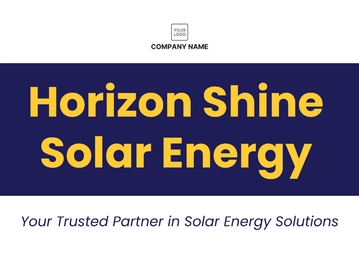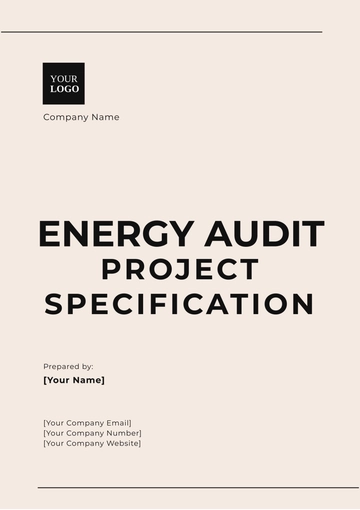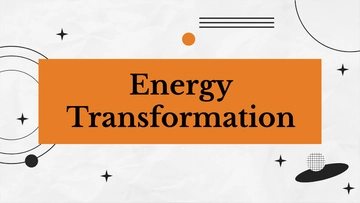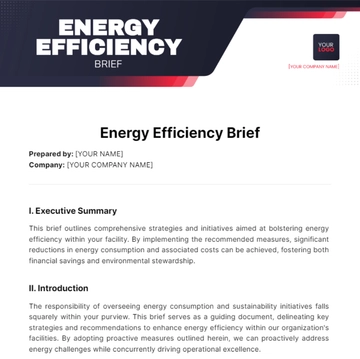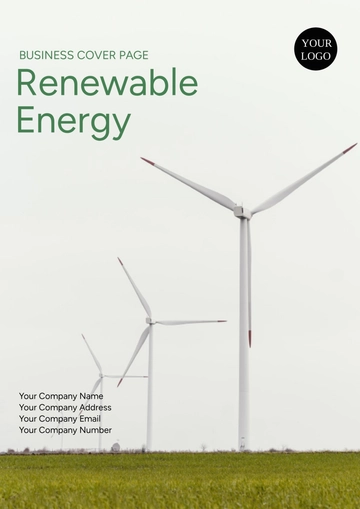Free Energy Efficiency Brief
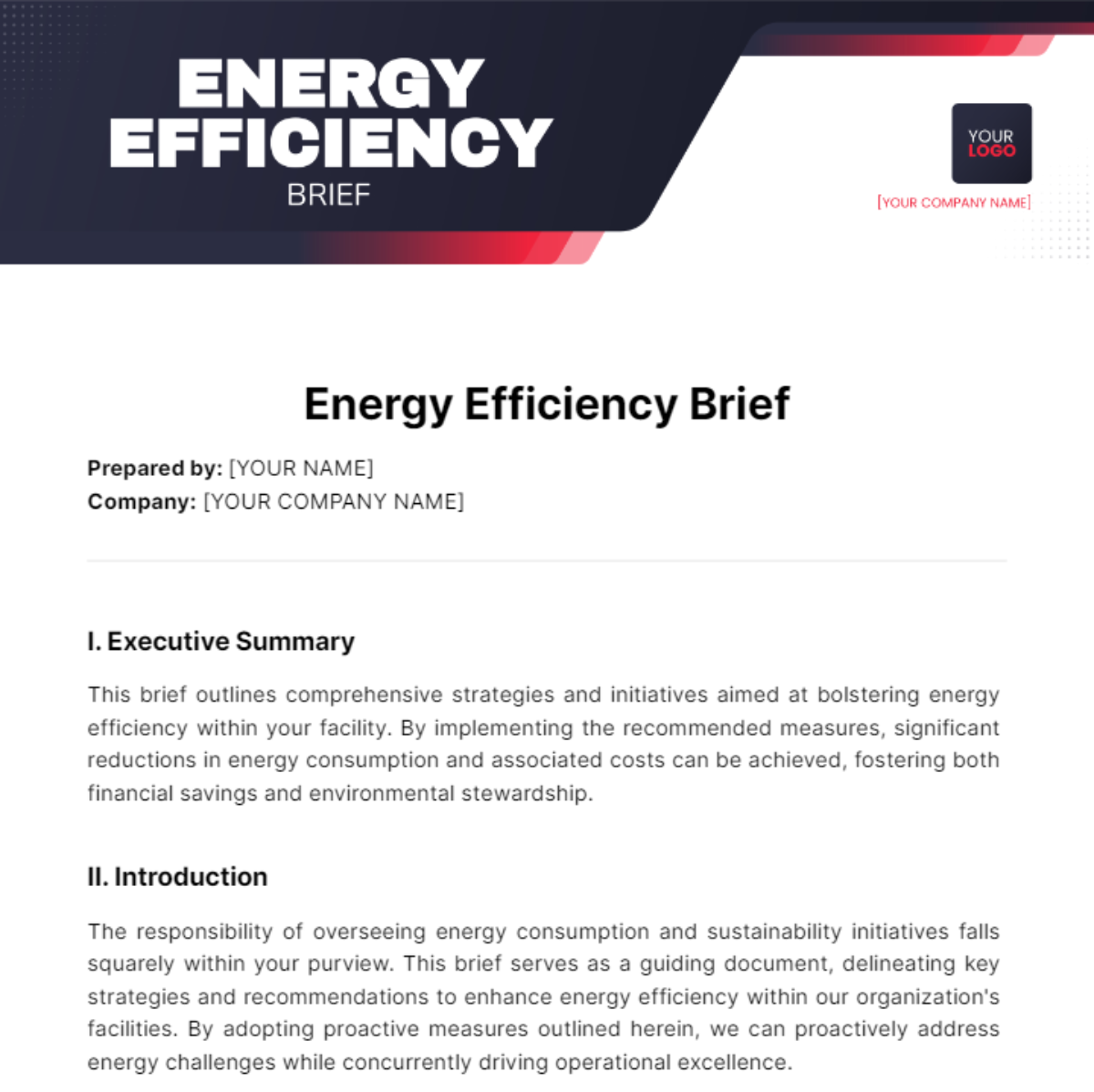
Prepared by: [YOUR NAME]
Company: [YOUR COMPANY NAME]
I. Executive Summary
This brief outlines comprehensive strategies and initiatives aimed at bolstering energy efficiency within your facility. By implementing the recommended measures, significant reductions in energy consumption and associated costs can be achieved, fostering both financial savings and environmental stewardship.
II. Introduction
The responsibility of overseeing energy consumption and sustainability initiatives falls squarely within your purview. This brief serves as a guiding document, delineating key strategies and recommendations to enhance energy efficiency within our organization's facilities. By adopting proactive measures outlined herein, we can proactively address energy challenges while concurrently driving operational excellence.
III. Current Energy Usage
A thorough assessment of current energy consumption patterns reveals notable areas of opportunity for improvement within our facilities. Analysis indicates that a substantial portion of energy is expended in HVAC systems, lighting, and equipment operations. Identifying these major energy consumers lays the foundation for targeted efficiency interventions.
IV. Energy Efficiency Opportunities
Energy Efficiency Opportunities | Description |
|---|---|
LED Lighting Retrofits | Replace traditional lighting with energy-efficient LED alternatives for immediate savings and reduced maintenance costs. LED lighting consumes less electricity and lasts longer. |
Smart Building Management Systems | Optimize HVAC operations through data analytics and automation. Smart systems ensure energy usage aligns with occupancy patterns and environmental conditions for long-term efficiency gains. |
Energy-Efficient Equipment | Invest in efficient HVAC systems, appliances, and machinery to lower energy consumption and operational costs. Advanced technologies minimize wastage while maintaining optimal performance. |
V. Potential Benefits
Energy efficiency initiatives offer multifaceted benefits.
Reduced energy consumption leads to cost savings.
Lower greenhouse gas emissions align with corporate social responsibility.
Enhanced reputation and stakeholder trust result from sustainability efforts.
VI. Implementation Plan
Implementation Plan Components | Description |
|---|---|
Energy Audits | Conduct thorough audits to identify inefficiencies and areas for improvement. |
Procurement and Installation | Procure and install energy-saving technologies like LED lighting and smart HVAC systems to optimize energy usage. |
Staff Training Programs | Implement training to promote energy consciousness. Train employees on efficient practices and solution utilization. |
VII. Monitoring and Evaluation
Continuous monitoring and evaluation are crucial for assessing implemented measures.
Real-time energy monitoring systems offer detailed insights into consumption patterns, aiding data-driven decision-making.
Regular performance evaluations help identify deviations and adjust strategies as needed.
VIII. Risks and Mitigation Strategies
Topic | Mitigation Strategies |
|---|---|
Upfront Investment Costs | - Explore financing options (loans, grants, energy performance contracts). - Leverage utility incentives and rebates. |
Operational Disruptions | - Plan implementation schedules carefully to minimize disruptions. - Communicate proactively with stakeholders. |
Proactive Risk Management | - Implement a proactive risk management framework. - Monitor progress and adjust strategies for smooth implementation. |
IX. Conclusion
In conclusion, prioritizing energy efficiency initiatives within our facilities is imperative for sustainable operations and fiscal responsibility. By embracing the strategies outlined in this brief, we not only mitigate operational costs but also reinforce our commitment to environmental stewardship. Together, let us embark on this journey towards a more energy-efficient future, driving positive outcomes for our organization and the planet alike.
- 100% Customizable, free editor
- Access 1 Million+ Templates, photo’s & graphics
- Download or share as a template
- Click and replace photos, graphics, text, backgrounds
- Resize, crop, AI write & more
- Access advanced editor
Optimize energy consumption with Template.net's Energy Efficiency Brief Template. This editable resource facilitates comprehensive energy audits and optimization strategies, ensuring efficient resource utilization. Utilize our Ai Editor Tool for seamless customization to fit unique energy management needs, tailoring solutions for maximum effectiveness. Drive sustainability and cost savings with efficient energy practices, contributing to both environmental stewardship and financial stability.





